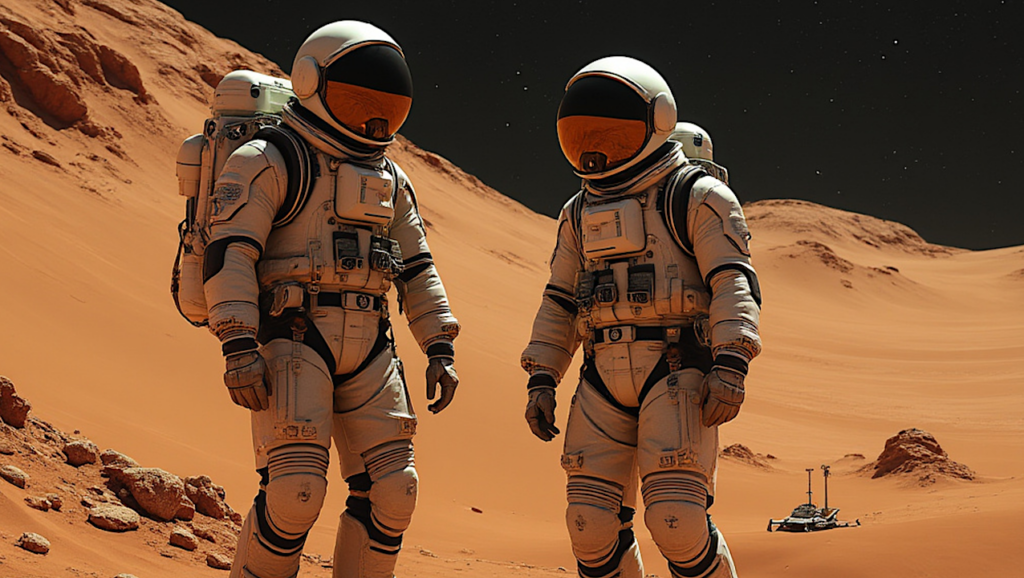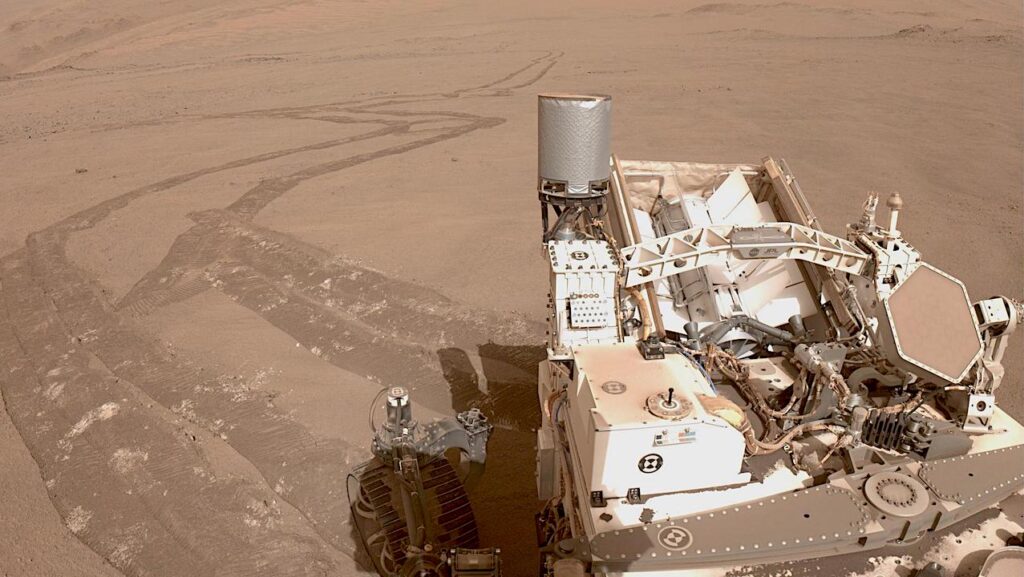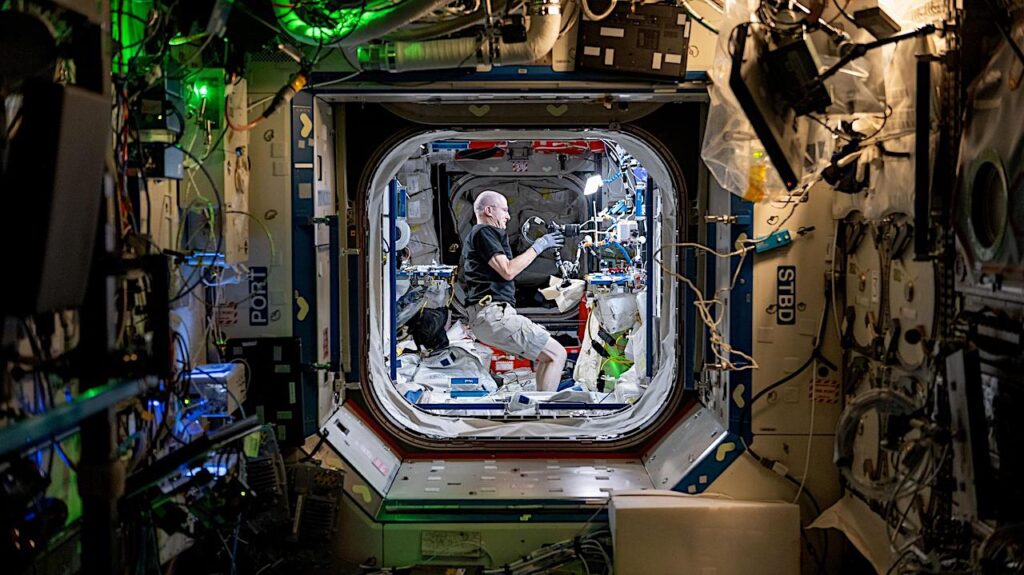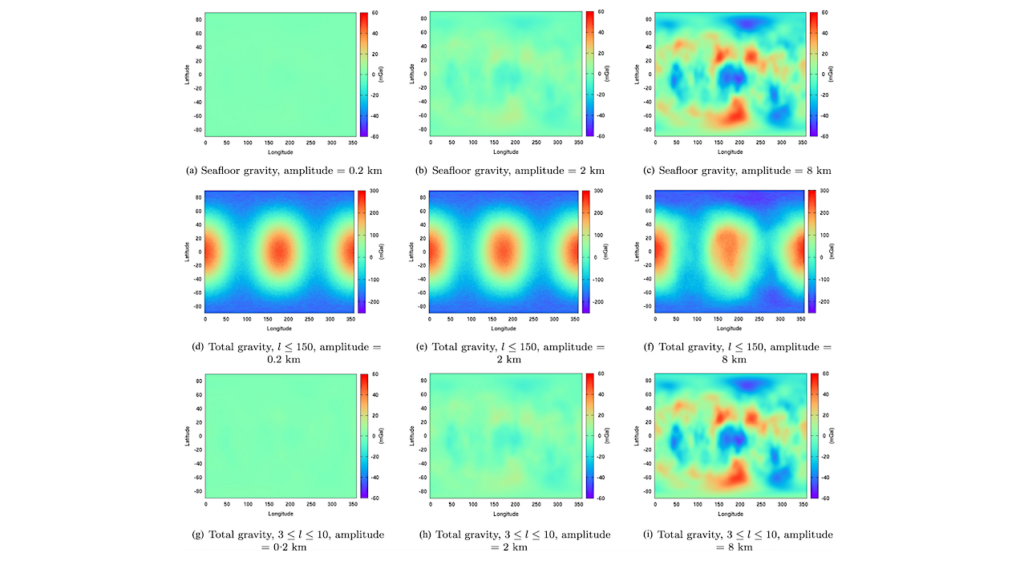Raman Spectroscopy And Planetary Exploration: Testing The ExoMars/RLS System At The Tabernas Desert (Spain)

ExoFit trials are field campaigns financed by ESA to test the Rosalind Franklin rover and to enhance collaboration practices between ExoMars working groups. During the first trial, a replicate of the ExoMars rover was remotely operated from Oxfordshire (United Kingdom) to perform a complex sequence of scientific operation at the Tabernas Desert (Spain).
By following the ExoMars Reference Surface Mission (RSM), the rover investigated the Badlands subsoil and collected drill cores, whose analytical study was entrusted to the RLS (Raman Laser Spectrometer) team. The preliminary characterization of core samples was performed in-situ through the RLS Engineering and Qualification Model (EQM-2) and the Raman Demonstrator (RAD1), being this a new, portable emulator of the RLS.
In-situ results where then complemented by laboratory analysis using the RLS ExoMars simulator and the commercial version of the Curiosity/CheMin XRD system. Raman data, obtained by closely simulating the operational constraints of the mission, successfully disclosed the mineralogical composition of the samples, reaching the detection of minor/trace phases that were not detected by XRD. More importantly, Raman analysis detected many organic functional groups, proving the presence of extremophile organisms in the arid sub-surface of the Tabernas Desert.
In light of the forthcoming ExoMars mission, the results here presented proves that RLS could play a critical role in the characterization of Martian sub-surface environments and in the analytical detection of potential traces of live tracers.
Marco Veneranda, Guillermo Lopez-Reyes, Jose Antonio Manrique-Martinez, Aurelio Sanz-Arranz, Jesús Medina, Carlos Pérez, César Quintana, Andoni Moral, Jose A. Rodríguez, Jesús Zafra, Fernando Rull1
Comments: 16 pages, 7 figures, 1 table
Subjects: Earth and Planetary Astrophysics (astro-ph.EP); Instrumentation and Methods for Astrophysics (astro-ph.IM)
Journal reference: Microchemical Journal, 2021, 165, 106149
DOI: 10.1016/j.microc.2021.106149
Cite as: arXiv:2107.00509 [astro-ph.EP] (or arXiv:2107.00509v1 [astro-ph.EP] for this version)
Submission history
From: Marco Veneranda
[v1] Thu, 1 Jul 2021 14:55:57 UTC (939 KB)
https://arxiv.org/abs/2107.00509
Astrobiology, Astrochemistry,








